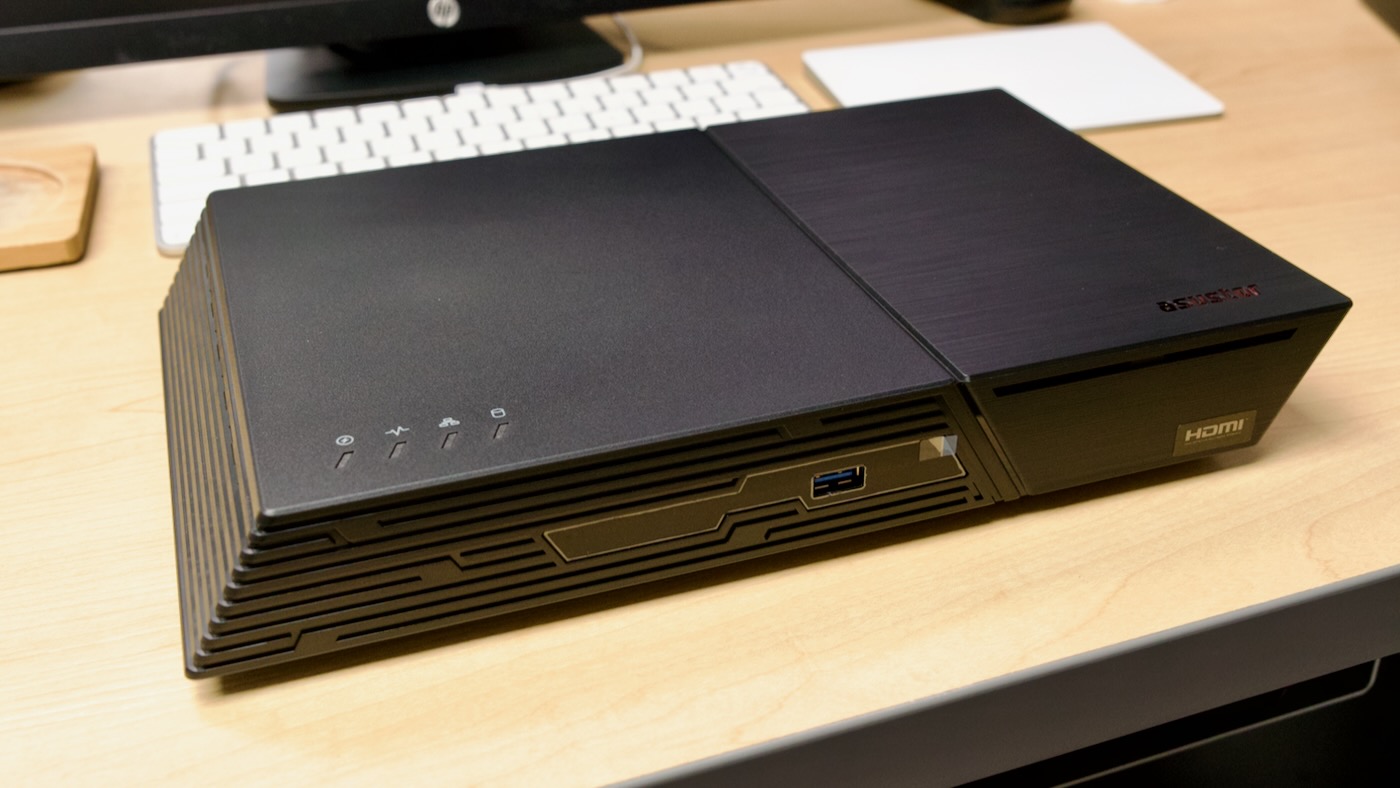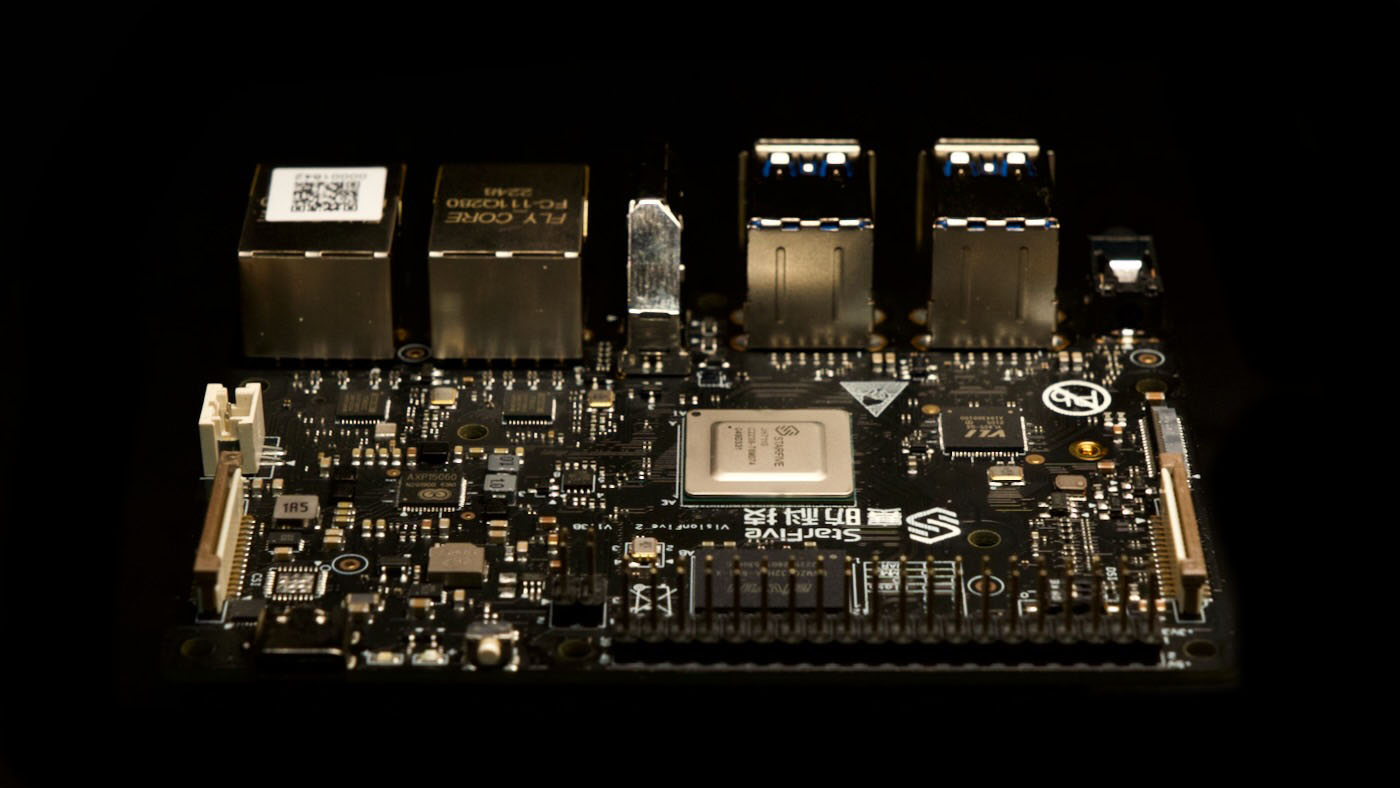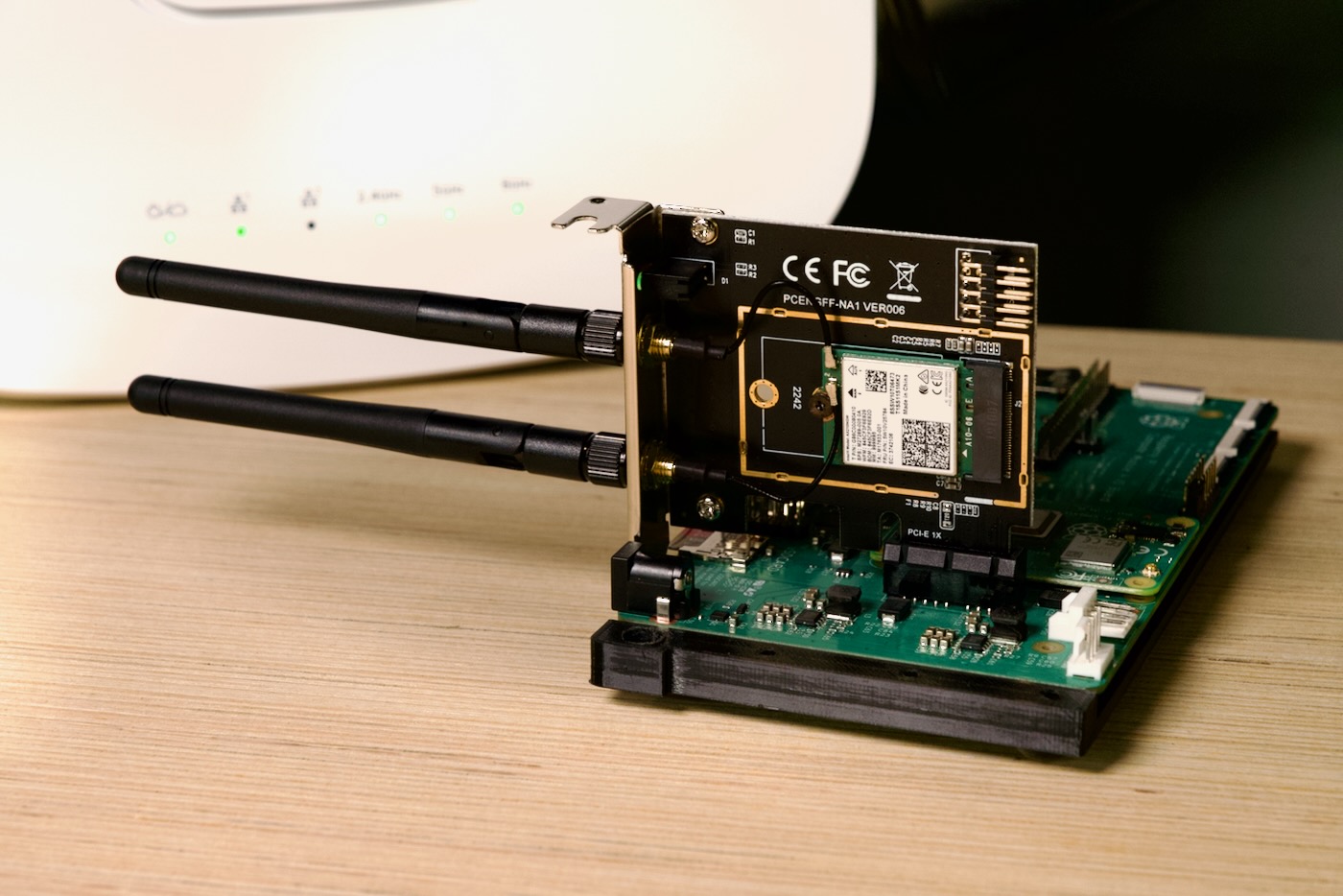I'm done with Red Hat (Enterprise Linux)
Two years ago, Red Hat killed CentOS, a widely-used free version of their Enterprise Linux distribution.
The community of CentOS users—myself included—were labeled as 'freeloaders', using the work of the almighty Red Hat corporation, without contributing anything back. Don't mind all the open source developers, Linux kernel contributors, and software devs who used CentOS for testing and building their software. Also ignore the fact that Red Hat builds their product on top of Linux, which they didn't build and don't own.





